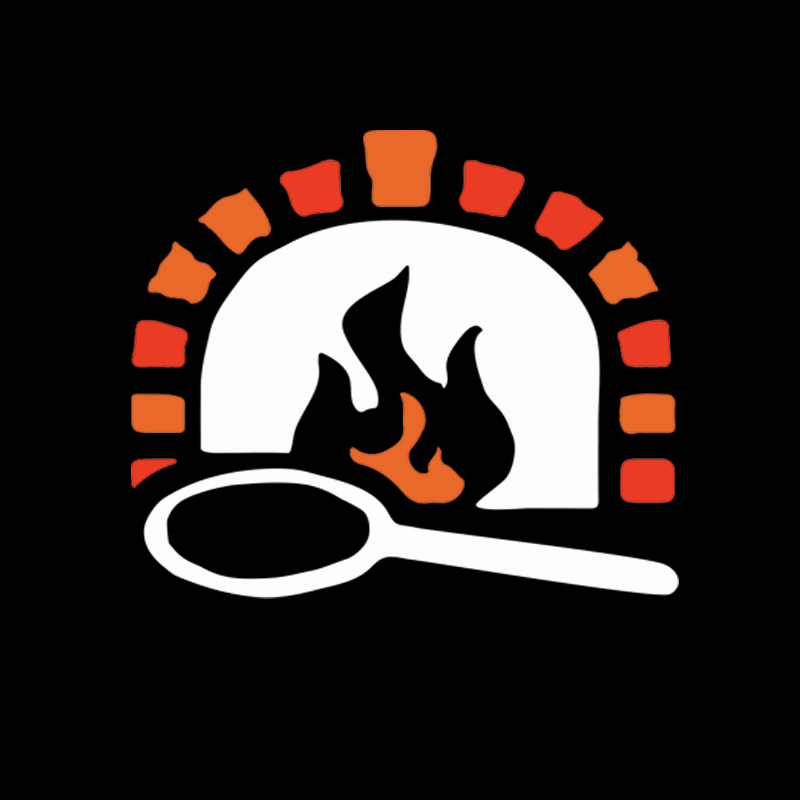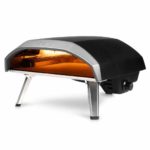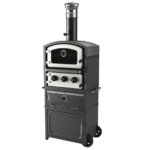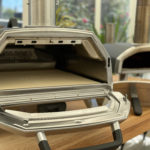What Type Of Gas Do Gozney Pizza Ovens Use?
Gozney ovens have become increasingly popular in the home cooking scene and professional kitchens alike, with their capability to serve up pizzas that taste as if they’ve come straight from a restaurant.
But what type of fuel do Gozney use for their ovens?
With dual-fuel capable models now available, you can choose between gas and wood just like a professional chef—but which is best for your pizza-making needs? In this blog post, we’ll explore the types of gas used in Gozney pizza ovens as well as look at each one’s benefits and drawbacks.
Whether you’re looking for primal, smoky flavour or convenience when it comes to flipping on the ignition switch, here’s everything you need to know about different types of fuels to power Gozney ovens.
Types Of Gas Used In Gozney Pizza Ovens
Gozney Roccbox
Propane is the most common type of gas used in Gozney’s Roccbox ovens. It is reliable, lightweight, non-toxic, clean burning and easily available.
This is an outdoor pizza oven designed for use in both residential and commercial settings. It has a 304-grade stainless steel shell with insulation to ensure even heat distribution and retention and comes with a 1.5-meter gas hose.
The inside of the oven features a cordierite stone cooking floor which makes it suitable for reaching high temperatures up to 950°F (500°C). With its great insulation and powerful burner, the Roccbox can provide a true wood flame experience while also providing options to cook using either propane or butane gas as fuel sources.
Gozney Dome
The Gozney Dome pizza oven is a professional-grade, ready-to-use product that allows for dual fuel use. Its integrated gas burner and regulator make it possible to benefit from both wood and gas options.
The Gozney Dome has an impressive maximum temperature of 500°C, with the cooking floor made of 30mm cordierite stone that ensures even heat distribution. It also features special insulation material which is non-carcinogenic and water-soluble; this helps retain heat more efficiently while reducing energy consumption during the cooking process.
When comparing propane and butane as gases used in the Gozney Dome ovens, each offers its own advantages. Propane has intense flame with fast heating-up capabilities; however, it can be expensive to purchase compared to butane and requires regular refills due to its low-density nature when compared to other gases like LPG or natural gas.
Butane on the other hand does not require frequent refilling since it has higher densities than propane – allowing for an extended duration of usage depending on your needs.
Benefits And Drawbacks Of Each Gas Type
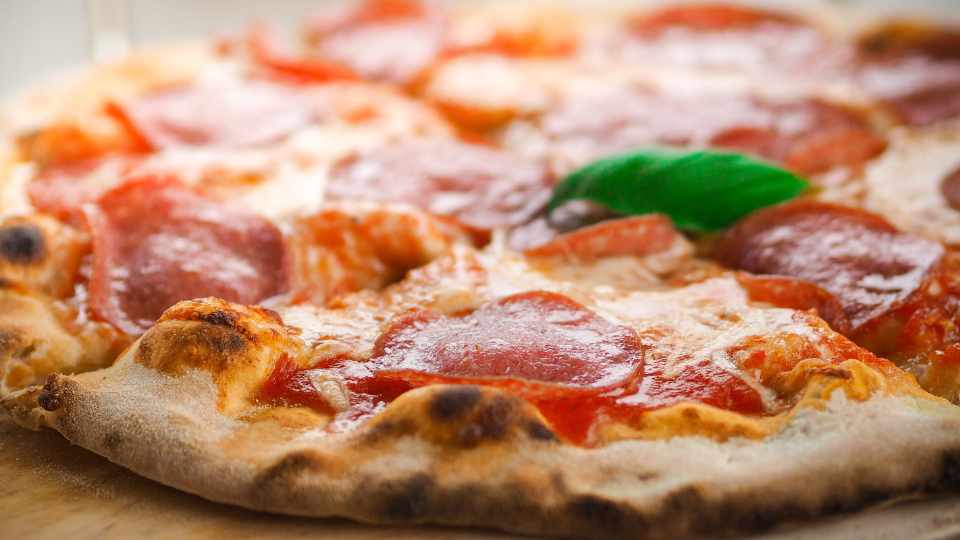
Propane
Propane is a popular choice of gas for Gozney Roccbox pizza ovens due to its convenience, cleaner burning properties and easy storage. The optional wood burner accessory allows you to replicate the traditional wood-fired taste and texture if desired.
Propane produces less smoke and ash than other fuels such as charcoal, meaning clearer views when cooking outdoors in windy conditions as well as reducing headaches caused by indoor smoke emissions.
Propane is easy to store in tanks making it ideal for use on outdoor patios or terraces where space might be limited.
Butane
Butane is a popular fuel option for use with the Gozney Roccbox outdoor pizza oven. It is a clean-burning gas, creating fewer emissions when compared to propane and natural gas.
The downside of butane, however, is that it can be less efficient in cold temperatures than traditional fuels such as propane and carry additional costs depending on availability.
On the other hand, Butane has an advantage when it comes to storage or transportation since it does not require refill or exchange until used up completely – unlike Propane which needs replacing regularly once empty.
Conclusion
In conclusion, both propane and butane have their benefits and drawbacks for use in Gozney pizza ovens.
While some choose butane over propane due to its greater caloric content per unit of volume (9615 kcal/m3 compared to 9525 kcal/m3), it is more expensive to purchase and can be less efficient as the heat dissipates quickly when too much is used.
On the other hand, propane has a lower temperature burn rate than butane, meaning that more needs to be used in order to reach high temperatures faster. However, it is relatively cheaper than Butane and produces an even flame for cooking every time.
Additionally, its lightweight cylinder packs are ideal when travelling or taking your meal outside.
